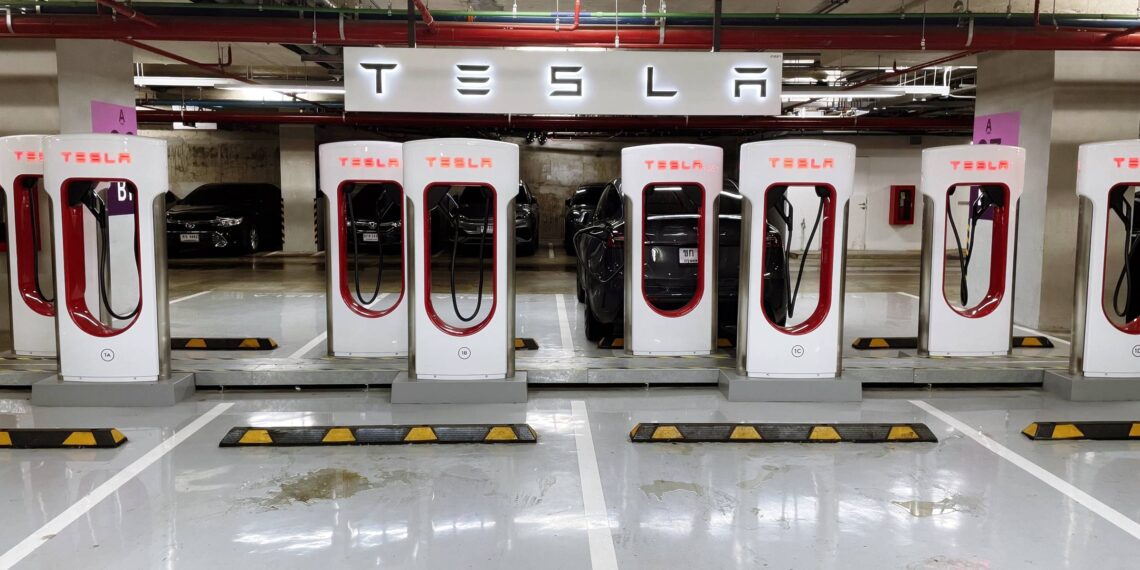No products in the basket.
Addressing the Charging Infrastructure Challenge in Asia’s EV Market
In Southeast Asia, the focus is on expanding the charging network to support the growing number of EVs. For instance, Indonesia plans to add 31,000 new charging stations and 52,000 battery swapping stations by 2030. This expansion is crucial for supporting the anticipated increase in EV production and adoption in the country.
The transition to electric vehicles (EVs) is a cornerstone of Asia’s strategy to combat climate change and reduce greenhouse gas emissions. However, one of the most significant barriers to EV adoption is the development of a reliable and accessible charging infrastructure.
Key Takeaways
- Asian governments are implementing policies and initiatives to develop a reliable and accessible charging infrastructure for electric vehicles (EVs).
- Countries like China, Indonesia, Singapore, and Japan are actively expanding their charging networks to support the anticipated increase in EV production and adoption.
- The concerted efforts by Asian governments to address the charging infrastructure challenge demonstrate the region’s dedication to a greener and more sustainable future, serving as a blueprint for other regions facing similar challenges.
China, leading the charge, has implemented policies and initiatives that include subsidies, tax incentives, and research funding to stimulate the EV market. The New Energy Vehicle (NEV) mandate requires automakers to produce an annually rising percentage of EVs, which has encouraged both domestic and international investment in EVs and the necessary charging infrastructure.
Focus on expanding the charging network
In Southeast Asia, the focus is on expanding the charging network to support the growing number of EVs. For instance, Indonesia plans to add 31,000 new charging stations and 52,000 battery swapping stations by 2030. This expansion is crucial for supporting the anticipated increase in EV production and adoption in the country.
Singapore stands out with its ambitious plan to install 60,000 charging points by 2030, demonstrating the city-state’s commitment to creating a comprehensive EV ecosystem. Meanwhile, Japan already boasts about 30,000 EV chargers and aims to increase this number tenfold by 2030, ensuring that the charging infrastructure keeps pace with the expected rise in EV usage.
These efforts are supported by a broader push for electrification across the continent, as highlighted by McKinsey’s analysis of Asia’s emerging EV ecosystem. The report emphasizes the need for stimulating both supply and demand for EVs, which includes the critical aspect of building out the charging infrastructure.
The challenges are not insignificant, with issues such as energy demand, urbanization, and the need for integrated finance and partnerships. However, the concerted efforts by Asian governments to address the charging infrastructure challenge are a testament to the region’s dedication to a greener and more sustainable future.
For industry stakeholders and consumers alike, the development of charging infrastructure is a vital component of the EV value chain. As Asia continues to lead the way in EV adoption, the strategies employed by its governments will serve as a blueprint for other regions grappling with similar challenges.
To explore more about how Asian governments are addressing the charging infrastructure challenge, readers can refer to the detailed insights provided by McKinsey and Asian Insiders, which offer a comprehensive view of the policies, strategies, and investments shaping the future of EVs in the region.
Discover more from Thailand Business News
Subscribe to get the latest posts sent to your email.














